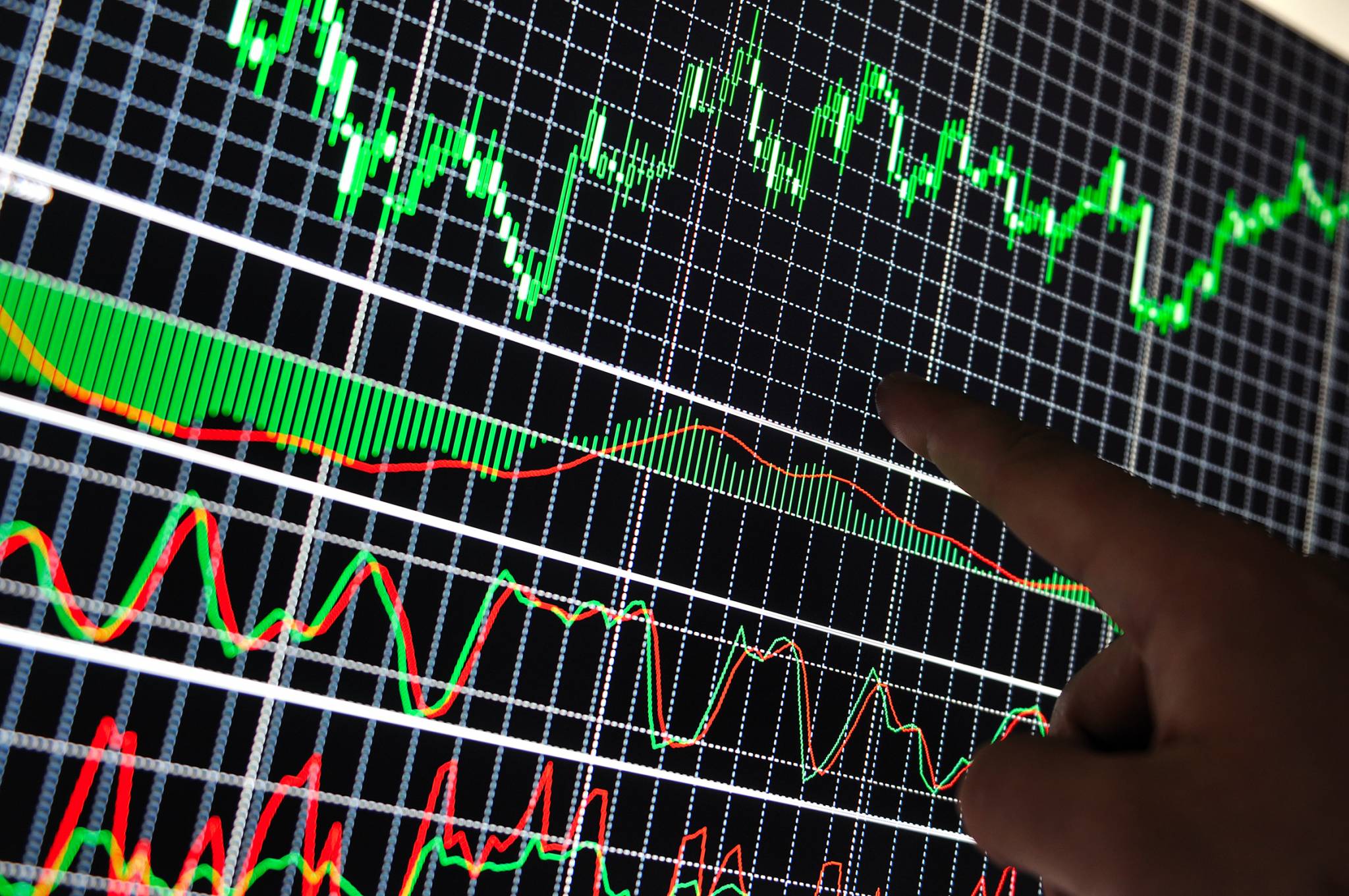by Adam Grimes
Most of us who write about financial markets look to the future. Yes, there is a place for theory, and any theory lies on a firm foundation of what has happened in the past—history matters. But what probably matters most to us is the future: what is around the next turn, and what lies many years out? Why is it, then, that so many analysts, traders, and technicians say things like “we don’t predict the future”? While this might be a comfortable cloak to hide behind, if it were true, there’d be no point to anyone writing anything about the future of financial markets. We do predict, but we have to understand what it means to predict, how to understand our predictions, and how to use them in practice.
We don’t predict?
Many market technicians are quick to point out that they do not predict the future. I suspect that this saying has emerged for two reasons. First, there are many mumbo jumbo techniques in technical analysis lore that claim to predict exact turning points in financial markets to the exact hour, minute, and second, and to be able to predict highs and lows with extreme precision, usually based on some secret, arcane formula. You can’t read too much about technical analysis without hearing of these mysterious techniques, and they are usually pinned on some prediction someone made in the past that came true. (Make enough predictions, in a random environment, and some of them will be right. A stopped clock is right twice each day.) All of this, of course, is nonsense. If we understand what the market is, we will quickly see why such techniques cannot exist.
There’s also a certain element of self defense, and this may be exacerbated in the sometimes highly controversial environment of social media. For instance, a reasonable analysis of market XYZ (assume currently at $50) might be: “we want to buy XYZ if prices advance to $55 within the next 6 weeks. If that happens, we will use a stop (risk point) around $49, and will look for a profit target around $60. If XYZ declines, we have no reason to be long and no trade.” Imagine you post an analysis like to any social media network, and XYZ immediately tanks to $40. You’ll likely be hit with a flood of gloating messages saying something like “how did your prediction work out? Went down, eh?” Perhaps too many people simply respond to the critics with something like “trading and predicting are not the same thing and we don’t predict the future.” There’s a grain of truth in all of this, but it also fails to pass the common sense test: if we are saying something about the future, then we are predicting something, or that something is more likely than something else. If we are not saying that, then there’s no reason to say anything at all.
The future and uncertainty
Contrary to the current conventional wisdom, I would argue that we do, in fact, predict the future every time we put on a trade or issue a market forecast. However, we need to think a bit about that future, and about how probability works.















